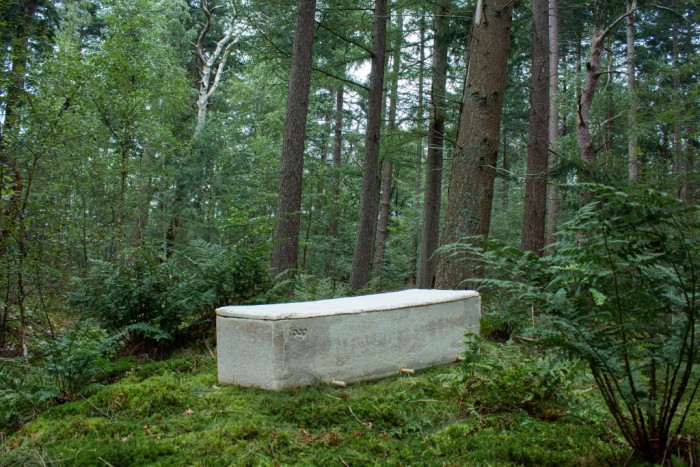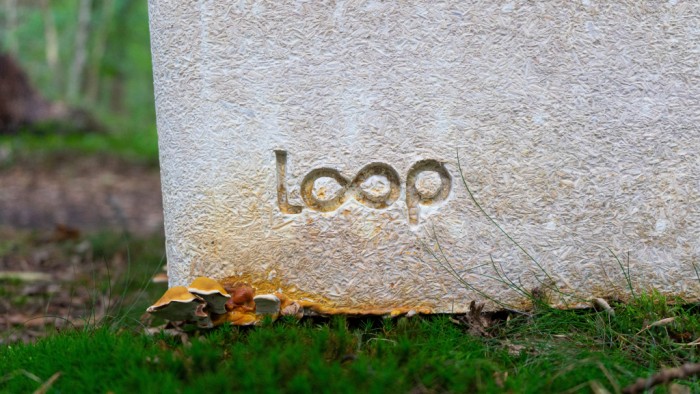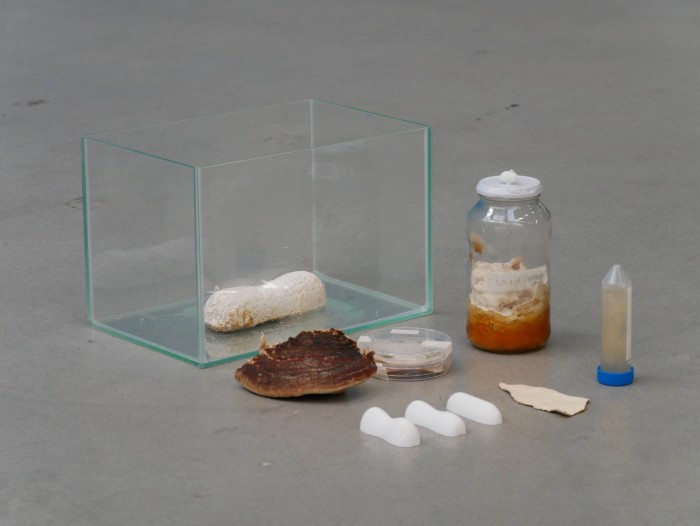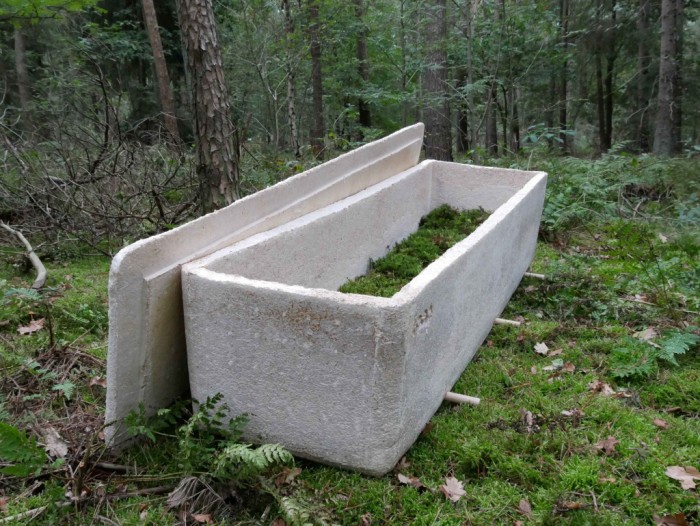The phrase “world’s first living coffin” might be somewhat of an eyebrow-raiser, but for Bob Hendrikx, one of What Design Can Do’s No Waste Challenge winners and founder of Loop, the Living Coffin is a means to change the planet for the better. The coffin is created using mycelium, the root-like structure of mushrooms, that decomposes and feeds the Earth as our bodies do the same. Compared to conventionally utilised wood coffins which require deforestation to create and take many years to decompose, the Living Coffin is a sustainable solution.
Hendrikx was first inspired to create this product during his university years. The Dutch designer was studying architecture at the time and was interested in how we, as a society, can leave a positive impact on the world or minimise the negative impact. From there, he started exploring various natural materials and building a good relationship with nature. “It made me decide, ‘Hey, I wanna have a positive impact, but how do we do that?’ For me, there was a moment to really make a fundamental change to no longer work with dead materials and start collaborating with living organisms and looking at ways we can have a more mutualistic relationship with nature instead of degrading it,” he says.
Hendrikx experimented with algae before learning of the wonderful potential mycelium holds. “I started working with a lot of organisms in nature that I thought we could collaborate with. So, I stumbled upon mycelium, which is the biggest recycler in nature, allowing new life tracks,” he says.
Hendrikx knew he wanted to create a human-centred product, so he conceptualised Loop, “to recycle us, and turn us back into plant food.” The coffin takes roughly 30-45 days to become one with nature while it has been estimated that the human body takes about 3 years to decompose in Loop, compared to the 10-20 years it takes in traditional coffins.
The designer says the pandemic has affected his business in two ways, both of which are positive. “Because of the pandemic, death was a bigger topic people spoke about so there was a lot of consciousness around the product because it was very new and explorative.” The other positive is that the pandemic addressed the harmful relationships we have with our environment, and therefore created a new focus on sustainable solutions.
According to Hendrikx, we can look forward to more living products that create new relationships between humanity and their environments from Loop.
See more here:
No Waste Challenge winner, Leafylife, creates diesel from dirty diapers.
No Waste Challenge winner, Radial makes radical change.
No Waste Challenge winner, Clothing Loop swaps Fast Fashion for sustainability.
From pineapple waste to period products.
No Waste Challenge winner CarbonCraft is transforming construction.
Sixteen global waste-busters awarded top honours by What Design Can Do.










